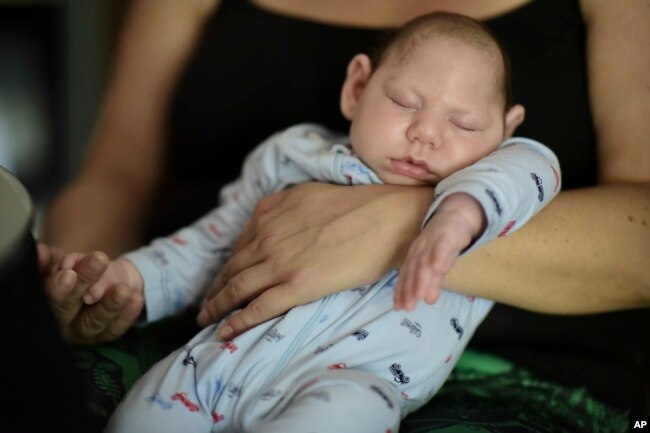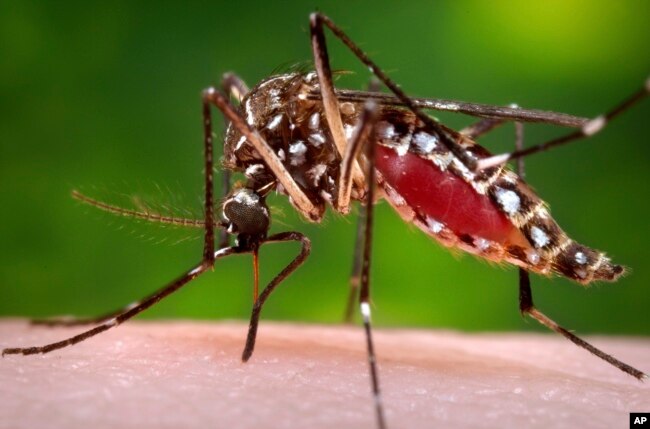MindWars
Diamond Member
- Oct 14, 2016
- 42,227
- 10,743
- 2,040
- Banned
- #1
The mosquitos that can carry the Zika virus have reportedly appeared in 129 California cities. With cold winter weather the only major obstacle to the Zika virus becoming America’s first pandemic since the 1957 Asian Flu, ground zero for a potential pandemic is now the West Coast. The California Department of Public Health released an emergency warning on
Zika Mosquitos Detected in 129 California Cities...
--------------------------------------------------------------
Well isn't this special. Jon Rappaport had an excellent write up on this .
which his site is nomorefakenews.com
Zika Mosquitos Detected in 129 California Cities...
--------------------------------------------------------------
Well isn't this special. Jon Rappaport had an excellent write up on this .
which his site is nomorefakenews.com





